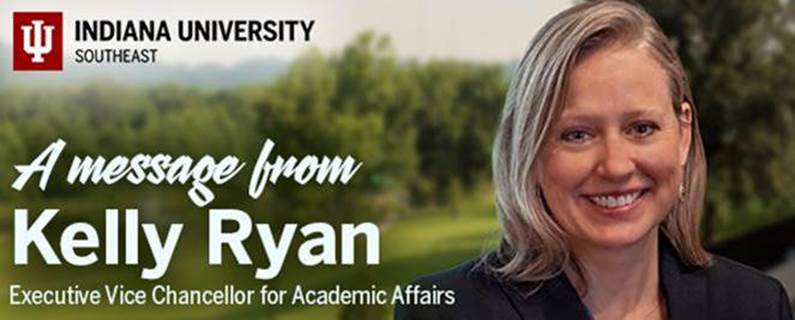
The six regional campuses of Indiana University recently released the Blueprint for Student Attainment.
The 128-paged document, was released earlier this month, and it outlines a strategic plan set forth by the campuses to help students reach graduation at the regional campuses.
“Ultimately, the blueprint is about enhancing services for students,” Chancellor Sandra Patterson-Randles said. “We want students to stay in school, and we want them to persist to graduation. This is all really about student benefit.”
One of the biggest changes that will be seen at IU Southeast is with student advising.
Administration is planning on adding five additional advisers to the faculty. There will also be changes seen in the Academic Success Center to better focus on students who have not declared majors.
Gilbert Atnip, vice chancellor for Academic Affairs, said these changes should be seen by the end of the spring semester.
Although the changes in advising are on the forefront, Atnip said he does not believe advising alone will help with graduation rates.
“I don’t believe there is any magic bullet,” Atnip said. “It’s a matter of making a number of changes. No one of which may necessarily be the answer, but, all together, will hopefully make a difference,” Atnip said.
The costs for implementing the Blueprint for Student Attainment have not been fully calculated, yet. At this stage in the process, the university is not able to accurately calculate what the blueprint will cost because the implementation process is not fully mapped out.
“There probably will be some additional cost [to the campus], but those are not all flushed out yet,” Patterson-Randles said. “[The costs] depend on how we implement [the blueprint.]”
The blueprint does not have a concrete timeline. Some of the systems are already being put into effect, and others will be rolling out within the next five to six years.
“I think [IU Southeast] is already starting to see some benefits, but this is a plan that will go over a few years,” Patterson-Randles said.
The blueprint was a collaborative effort from all of the regional campuses, and IU Southeast had 12 faculty members who were involved with the process of making the document.
Atnip worked directly with other administrators from the six Indiana University regional campuses.
“[We discussed] ideas that we thought would help the regional campuses as a group work together improving student attainment,” Atnip said.
Patterson-Randles said she believes it will bring more recognition to the regional campuses.
“The whole point of this is to make it a better learning environment for students, better in terms of accessibility and affordability and, ultimately, help them get their degree,” Patterson-Randles said. “We have very high quality education at the regional campuses, and that is something IU prides itself on.”
By HANNA WOODS
Staff
hrwoods@umail.iu.edu






